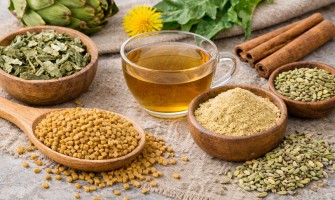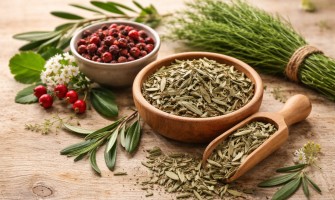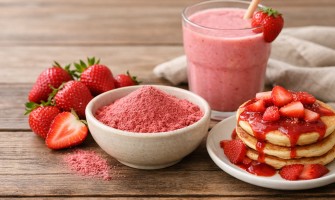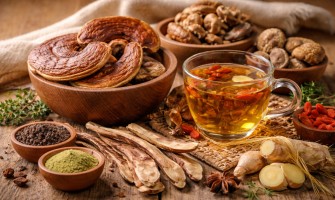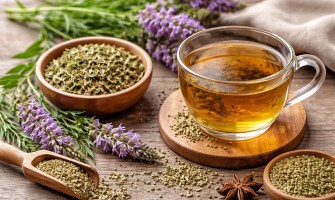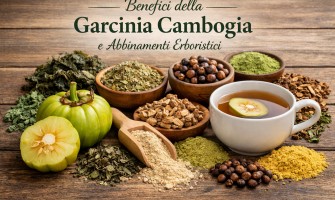0
1161
Escolzia per favorire il sonno e il rilassamento
Un aiuto naturale per calmare la mente e preparare al riposo
Lo stress quotidiano, i pensieri continu..
0
1229
Ginkgo biloba per memoria e concentrazione
Un rimedio naturale per sostenere le funzioni cognitive ogni giorno
La memoria e la concentrazione sono mes..
0
1918
Eufrasia per occhi stanchi e irritati
Un aiuto naturale quotidiano contro affaticamento visivo e arrossamenti
Gli occhi sono sottoposti ogni giorno a ..
0
3538
Fieno greco benefici per colesterolo glicemia e metabolismo
Come usare il fieno greco per sostenere metabolismo digestione e benessere naturale
Il fie..
0
8102
Foglie di olivo benefici per pressione colesterolo e glicemia
Supporto naturale per pressione arteriosa, colesterolo, glicemia e salute articolare
Le ..
0
626
Fiori per stare bene benefici calmanti e usi naturali
Fiori utilizzati per rilassare sostenere l’equilibrio e il benessere naturale
I fiori sono da se..
0
4055
Fragola in polvere in cucina: ricette dolci, bevande e infusi
Idee pratiche con fragole liofilizzate, spezie e preparazioni quotidiane
La fragola in p..
0
1252
Frutti di bosco in tisana: gusto fruttato e rituali quotidiani
Infusi, tisane e tè ai frutti di bosco per ogni stagione
Le tisane ai frutti di bosco s..
0
144
Funghi medicinali orientali: tradizione e utilizzo quotidiano
Nella tradizione orientale, reishi, maitake e shiitake non sono considerati semplici ali..
0
2057
Galega officinalis: benefici per il metabolismo e utilizzo in tisana
Utilizzi tradizionali della galega nelle tisane di uso quotidiano
La galega è una..
0
1038
Ginseng una radice tonica per energia concentrazione e vitalità
come inserirlo nella routine e scegliere la forma più adatta
Il ginseng è una delle ra..
0
590
Garcinia cambogia: utilizzo, benefici e abbinamenti erboristici utili
Un approccio naturale al controllo del peso con piante officinali selezionate
La..





